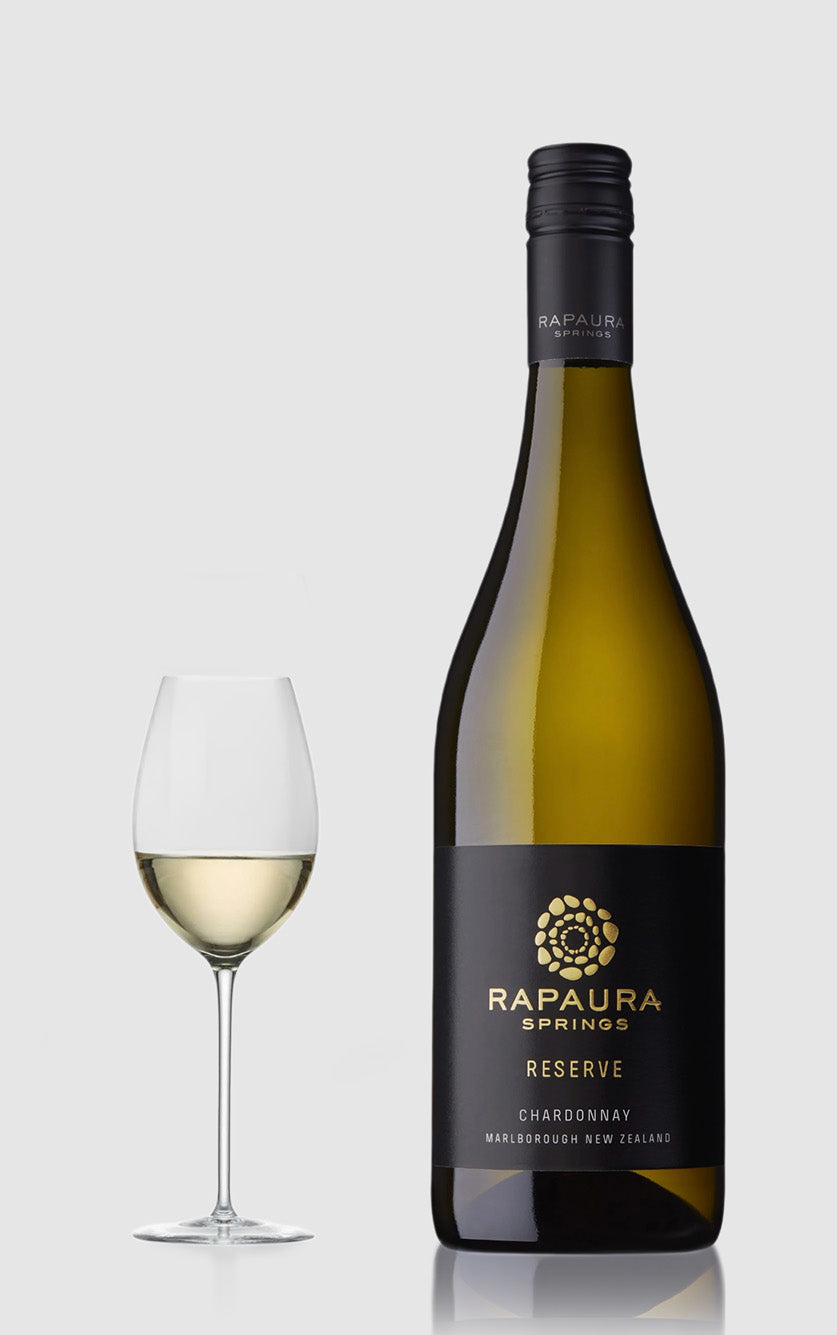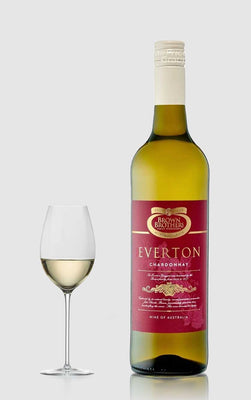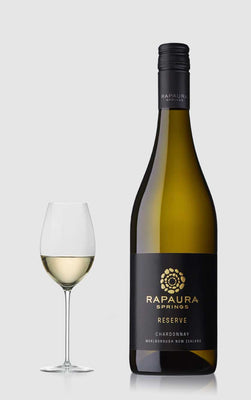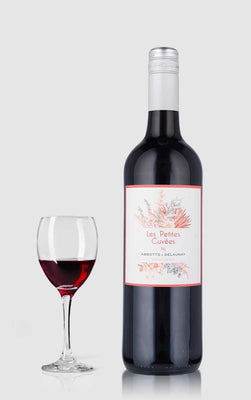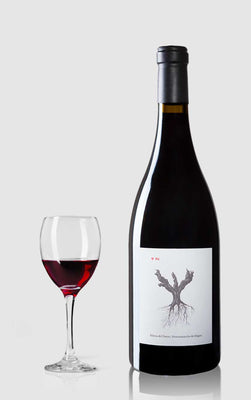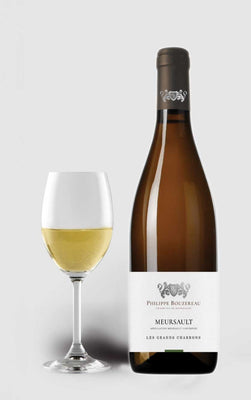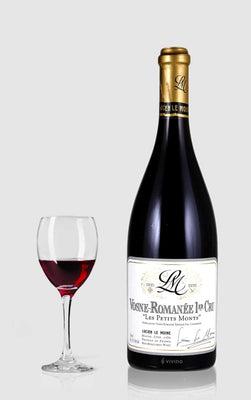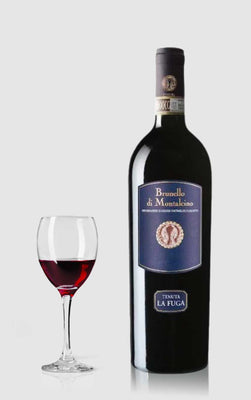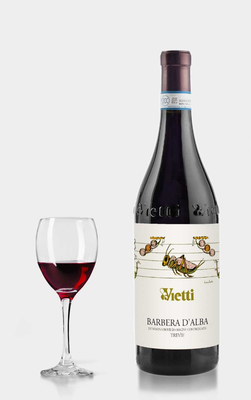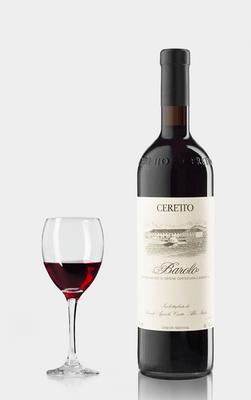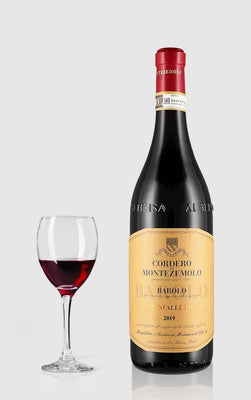Andre kategorier du måske vil kunne lide
Rosé wine
-
 ★ 92 – DH Wines★ 4.7 – Vivino
★ 92 – DH Wines★ 4.7 – VivinoDomaine Mont Rose 2023 Rosé Package 6+1 FREE MAGNUM
Vendor:Domaine Montrose-30% rabatRegular price 700,00 DKKRegular priceUnit price / per1.000,00 DKKSale price 700,00 DKKSale -
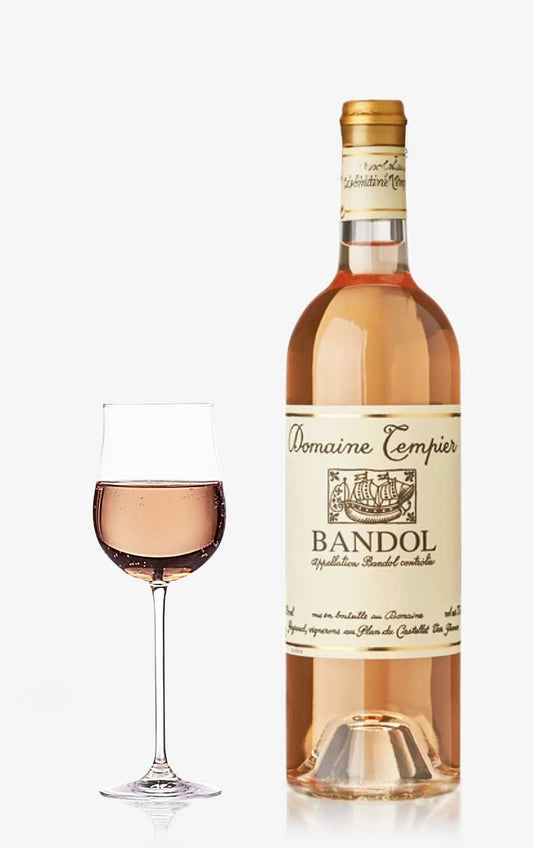 ★ 93 – Robert Parker★ 92 – Wine Enthusiast★ 92 – DH Wines★ 4.2 – VivinoSold out
★ 93 – Robert Parker★ 92 – Wine Enthusiast★ 92 – DH Wines★ 4.2 – VivinoSold outBandol Rosé 2022 Domaine Tempier
Vendor:Domaine TempierRegular price 329,00 DKKRegular priceUnit price / per -
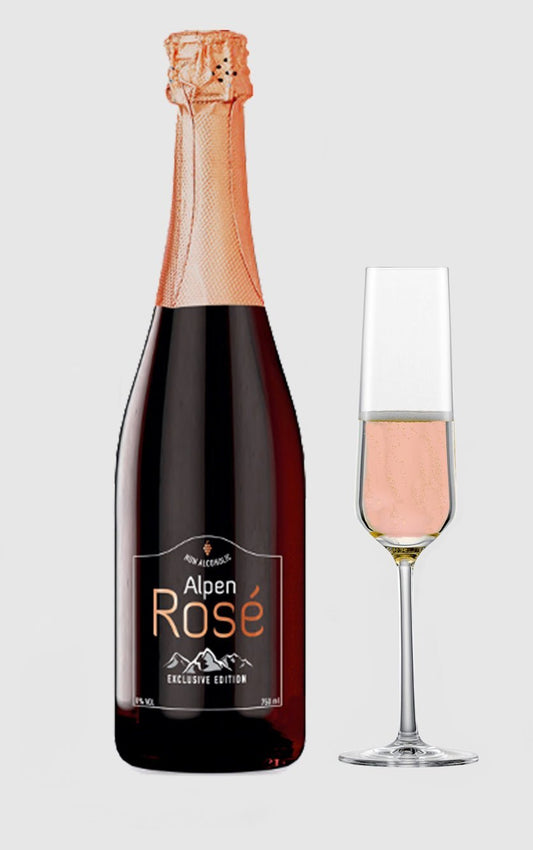 ★ 79 – DH Wines★ 3.6 – Vivino
★ 79 – DH Wines★ 3.6 – VivinoAlpen Rosé non-alcoholic sparkling wine
Vendor:UnknownRegular price 149,00 DKKRegular priceUnit price / per -
 ★ 89 – DH Wines★ 4.0 – Vivino
★ 89 – DH Wines★ 4.0 – VivinoMomento Rosa Tempranillo 2023 Eco
Vendor:Bodegas Yuntero-16% rabatRegular price 99,00 DKKRegular priceUnit price / per119,00 DKKSale price 99,00 DKKSale -
 ★ 91 – James Suckling★ 90 – DH Wines★ 4.1 – Vivino
★ 91 – James Suckling★ 90 – DH Wines★ 4.1 – VivinoKanonkop Kadette Rosé Pinotage 2023
Vendor:KanonkopRegular price 139,00 DKKRegular priceUnit price / per0,00 DKKSale price 139,00 DKK -
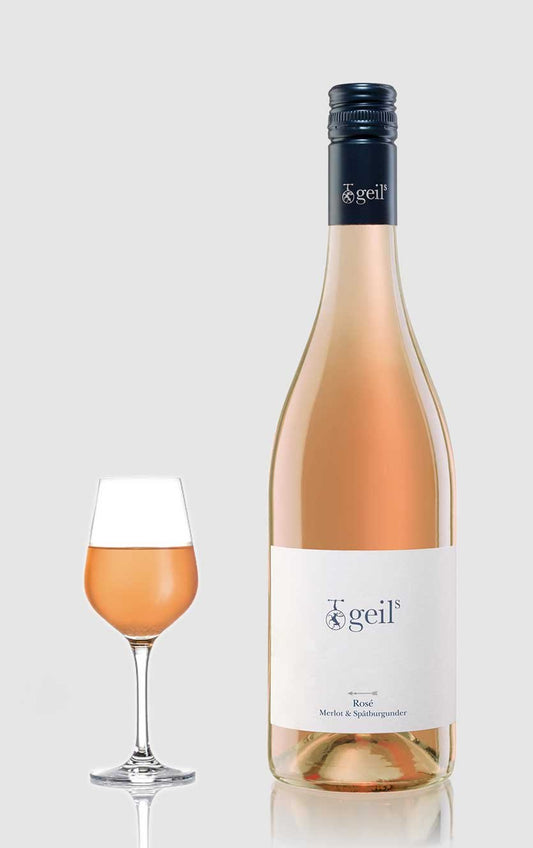 ★ 93 – DH Wines
★ 93 – DH WinesRosé Trocken Weingut Geils Rheinhessen 2023
Vendor:Weingut GeilsRegular price 149,00 DKKRegular priceUnit price / per -
 ★ 86 – DH Wines★ 3.9 – Vivino
★ 86 – DH Wines★ 3.9 – VivinoLa croix Belle – Coussan Rosè 2023
Vendor:Domaine La Croix BelleRegular price 139,00 DKKRegular priceUnit price / per -
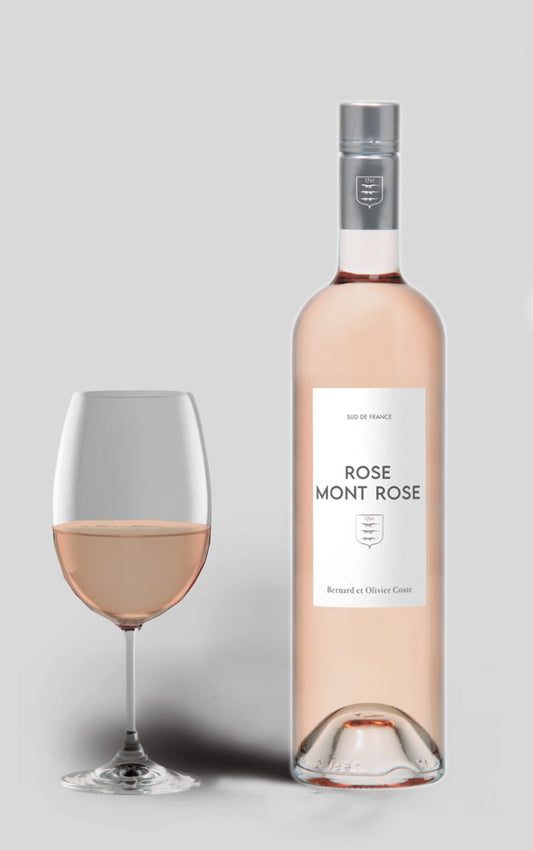 ★ 88 – DH Wines★ 4.0 – Vivino
★ 88 – DH Wines★ 4.0 – VivinoMont Rose, Rose IGP Pays d'Oc, Domaine Montrose 2024
Vendor:Domaine MontroseRegular price 109,00 DKKRegular priceUnit price / per -
 ★ 88 – DH Wines★ 3.8 – Vivino
★ 88 – DH Wines★ 3.8 – VivinoDomaine Les Chaumes Sancerre Rosé 2022
Vendor:Domaine Les Chaumes-23% rabatRegular price 129,00 DKKRegular priceUnit price / per169,00 DKKSale price 129,00 DKKSale -
 ★ 92 – DH Wines★ 4.1 – Vivino
★ 92 – DH Wines★ 4.1 – VivinoLa Orphica Seleccion Sintonia Rose 2023 Magnum
Vendor:Domaine De La Croix BelleRegular price 149,00 DKKRegular priceUnit price / per -
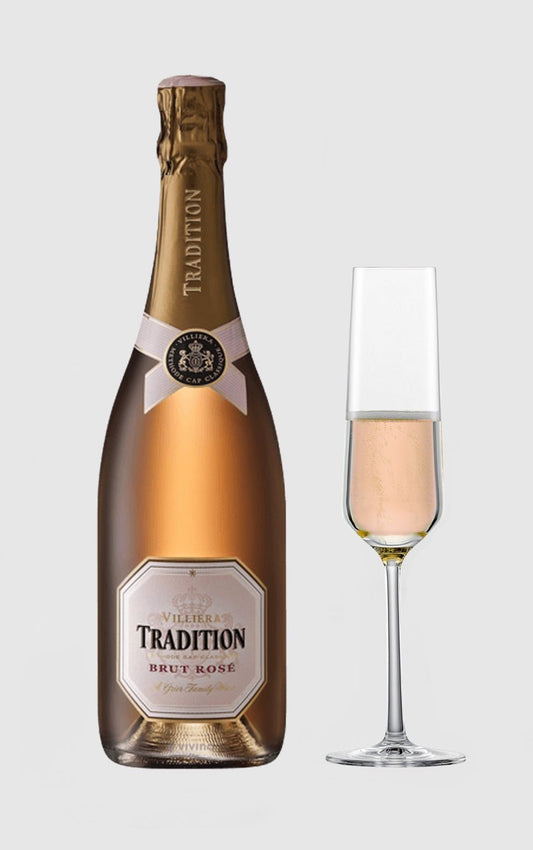 ★ 89 – DH Wines
★ 89 – DH WinesVilliera Tradition Brut Rose MCC MAGNUM
Vendor:Villiera-12% rabatRegular price 349,00 DKKRegular priceUnit price / per399,00 DKKSale price 349,00 DKKSale -
 ★ 91 – Robert Parker★ 90 – DH Wines
★ 91 – Robert Parker★ 90 – DH WinesMuga Rosé 2024, Rioja
Vendor:MugaRegular price 149,00 DKKRegular priceUnit price / per0,00 DKKSale price 149,00 DKK -
 ★ 5 stars – VinAvisen
★ 5 stars – VinAvisenJuan Gil Rose 2022
Vendor:Bodegas Juan Gil-23% rabatRegular price 99,00 DKKRegular priceUnit price / per129,00 DKKSale price 99,00 DKKSale -
 ★ 92 – DH Wines★ 4.0 – Vivino
★ 92 – DH Wines★ 4.0 – VivinoSkærsøgaard DONS Rosé BRUT 2018 (PDO)
Vendor:SkærsågaardRegular price 419,00 DKKRegular priceUnit price / per -
 ★ 83 – DH Wines★ 4.1 – Vivino
★ 83 – DH Wines★ 4.1 – VivinoLa Orphica Seleccion Sintonia Rose 2023
Vendor:Domaine De La Croix BelleRegular price 69,00 DKKRegular priceUnit price / per -
 ★ 93 – James Suckling★ 92 – Decanter★ 91 – DH Wines★ 90 – Wine Enthusiast★ 4.1 – Vivino
★ 93 – James Suckling★ 92 – Decanter★ 91 – DH Wines★ 90 – Wine Enthusiast★ 4.1 – VivinoDomaines Ott, By Ott Rose Cotes de Provence 2022
Vendor:Domaines OttRegular price 199,00 DKKRegular priceUnit price / per -
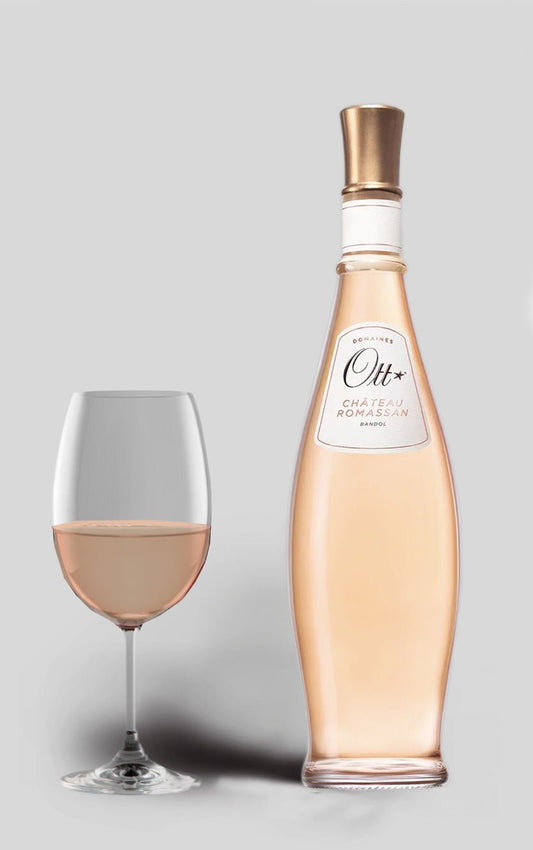 ★ 93 – DH Wines★ 92 – James Suckling★ 4.4 – Vivino
★ 93 – DH Wines★ 92 – James Suckling★ 4.4 – VivinoChâteau Romassan Rosé 2022 Domaines Ott, Bandol
Vendor:Château RomassanRegular price 299,00 DKKRegular priceUnit price / per -
 ★ 92 – DH Wines★ 4.0 – Vivino
★ 92 – DH Wines★ 4.0 – VivinoDomaine De La Croix Belle, Les Champs des Grillons Rosé 2024
Vendor:Domaine De La Croix BelleRegular price 129,00 DKKRegular priceUnit price / per109,00 DKKSale price 129,00 DKK -
 ★ 93 – James Suckling★ 92 – Wine Enthusiast★ 92 – Decanter★ 92 – DH Wines★ 4.2 – Vivino
★ 93 – James Suckling★ 92 – Wine Enthusiast★ 92 – Decanter★ 92 – DH Wines★ 4.2 – VivinoChâteau Romassan Rosé 2023 Domaines Ott, Bandol
Vendor:Château RomassanRegular price 299,00 DKKRegular priceUnit price / per -
 ★ 90 – DH Wines★ 4.0 – Vivino
★ 90 – DH Wines★ 4.0 – VivinoMont Rose Rose IGP Pays d'Oc Domaine Montrose 2023
Vendor:Domaine MontroseRegular price 79,00 DKKRegular priceUnit price / per -
 ★ 89 – DH Wines
★ 89 – DH WinesMont Rose rosé Zero Alcohol Free Montrose 2024
Vendor:Domaine MontroseRegular price 129,00 DKKRegular priceUnit price / per -
Le Bouqet Rosé De Pinot Noir IGP Val de Loire, Domaine Laporte 2022
Vendor:Domaine LaporteRegular price 149,00 DKKRegular priceUnit price / per -
 ★ 93 – DH Wines
★ 93 – DH WinesTramari Rosé Di Primitivo 2023 Feudi di San Marzano
Vendor:San MarzanoRegular price 119,00 DKKRegular priceUnit price / per -
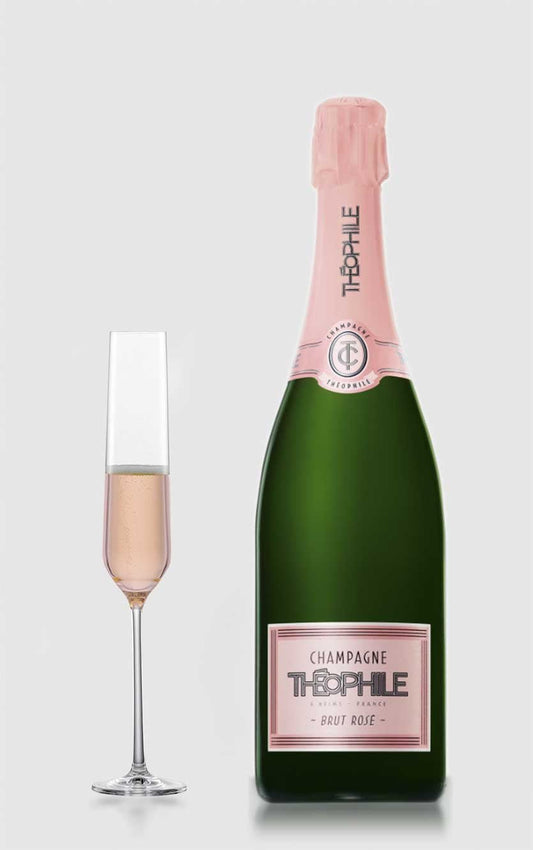 ★ 88 – DH Wines★ 4.4 – Vivino
★ 88 – DH Wines★ 4.4 – VivinoTheophile Brut Rosé Champagne - Louis Roederer
Vendor:TheophileRegular price 449,00 DKKRegular priceUnit price / per -
 ★ 88 – DH Wines★ 4.0 – Vivino
★ 88 – DH Wines★ 4.0 – VivinoLenotti Chiaretto Bardolino 2024
Vendor:Lenotti Chiaretto-16% rabatRegular price 99,00 DKKRegular priceUnit price / per119,00 DKKSale price 99,00 DKKSale -
 ★ 89 – DH Wines★ 3.8 – Vivino
★ 89 – DH Wines★ 3.8 – VivinoHeritage Rosé Patriarche 25cl
Vendor:Heritage PatriarcheRegular price 35,00 DKKRegular priceUnit price / per -
 ★ 93 – DH Wines★ 4.1 – Vivino
★ 93 – DH Wines★ 4.1 – VivinoChâteau de Selle Rosé Domaines Ott 2022
Vendor:Domaines OttRegular price 399,00 DKKRegular priceUnit price / per -
 ★ 88 – DH Wines
★ 88 – DH WinesBisou Rosé ECO IGP Pays d'Oc Domaine Montrose 2024
Vendor:Domaine MontroseRegular price 149,00 DKKRegular priceUnit price / per -
 ★ 89 – DH Wines
★ 89 – DH WinesAbbotts and Delaunay Grenache Rosé 2022 Pays d'Oc
Vendor:Abbotts og DelaunayRegular price 99,00 DKKRegular priceUnit price / per -
 ★ 93 – James Suckling★ 92 – Decanter★ 91 – DH Wines★ 90 – Wine Enthusiast★ 4.1 – Vivino
★ 93 – James Suckling★ 92 – Decanter★ 91 – DH Wines★ 90 – Wine Enthusiast★ 4.1 – VivinoDomaines Ott, By Ott Rose Cotes de Provence 2022 MAGNUM
Vendor:Domaines OttRegular price 399,00 DKKRegular priceUnit price / per -
 ★ 92 – DH Wines
★ 92 – DH WinesEtoile Rosé 2021 Domaines Ott Provence
Vendor:Château RomassanRegular price 1.049,00 DKKRegular priceUnit price / per -
 ★ 90 – DH Wines
★ 90 – DH WinesCoteaux Bourguignons Rosé Jean-Baptiste Jessiaume 2021
Vendor:Jean-Baptiste JessiaumeRegular price 199,00 DKKRegular priceUnit price / per -
 ★ 90 – DH Wines
★ 90 – DH WinesLenotti Chiaretto 2024 Rose, Bardolino Classico DOC
Vendor:Lenotti ChiarettoRegular price 109,00 DKKRegular priceUnit price / per -
 ★ 90 – DH Wines
★ 90 – DH WinesFonte Das Setas Rose 2023
Vendor:Quinta de São SebastiãoRegular price 79,00 DKKRegular priceUnit price / per -
Ochoa Calendas Rosado ECO Navarra Bodegas 2021
Vendor:Bodegas OchoaRegular price 109,00 DKKRegular priceUnit price / per -
Ochoa Rosado Lagrima 2023
Vendor:Bodegas OchoaRegular price 129,00 DKKRegular priceUnit price / per -
Cacada Real Rose 2022
Vendor:Casa Santos LimaRegular price 69,00 DKKRegular priceUnit price / per -
 ★ 93 – James Suckling★ 92 – Wine Enthusiast★ 92 – Decanter★ 92 – DH Wines★ 4.2 – Vivino
★ 93 – James Suckling★ 92 – Wine Enthusiast★ 92 – Decanter★ 92 – DH Wines★ 4.2 – VivinoChâteau Romassan Rosé 2023 Domaines Ott MAGNUM 150 cl
Vendor:Château RomassanRegular price 749,00 DKKRegular priceUnit price / per -
Southern French rosé tasting box - 6 bottles
Vendor:DH Wines-13% rabatRegular price 650,00 DKKRegular priceUnit price / per754,00 DKKSale price 650,00 DKKSale -
 ★ 84 – DH Wines★ 4.1 – Vivino
★ 84 – DH Wines★ 4.1 – VivinoHarmonic Garnacha Rose 2022
Vendor:Reserva de la TierraRegular price 79,00 DKKRegular priceUnit price / per -
 ★ 88 – DH Wines★ 3.8 – Vivino
★ 88 – DH Wines★ 3.8 – VivinoPinot Grigio Delle Rosato Venezia DOC - Collezione Beatrice 2022
Vendor:PirovanoRegular price 79,00 DKKRegular priceUnit price / per -
 ★ 87 – DH Wines★ 4.0 – Vivino
★ 87 – DH Wines★ 4.0 – VivinoBinigrau B Rosat 2022
Vendor:BinigrauRegular price 150,00 DKKRegular priceUnit price / per -
 ★ 86 – DH Wines★ 3.8 – VivinoSold out
★ 86 – DH Wines★ 3.8 – VivinoSold outCabernet Cantor 2024
Vendor:HøbjerggårdRegular price 125,00 DKKRegular priceUnit price / per -
 ★ 89 – DH Wines★ 4.3 – Vivino
★ 89 – DH Wines★ 4.3 – VivinoMont Rose, Rose IGP Pays d'Oc, Domaine Montrose MAGNUM
Vendor:Domaine Montrose-10% rabatRegular price 249,00 DKKRegular priceUnit price / per279,00 DKKSale price 249,00 DKKSale -
 ★ 85 – DH Wines★ 4.0 – Vivino
★ 85 – DH Wines★ 4.0 – VivinoRosé D'Anjou, Chateau de la Roulerie 2022
Vendor:Chateau de la RoulerieRegular price 129,00 DKKRegular priceUnit price / per0,00 DKKSale price 129,00 DKK
Collection: Rosé wine
Rosé wine – Freshness, color and finesse
Rosé wine ranges from delicate salmon-colored elegance to darker, more fruity versions. It is primarily made by short maceration of blue grapes and often balances the freshness of white wine with the aromatic depth of red wine. The style varies from crisp to slightly sweet and is produced in virtually every wine region in the world.
Main grapes for rosé wine
- Grenache : Produces juicy and bright rosés with strawberry notes and soft structure.
- Syrah : Adds spice, darker fruit and structure to the blend.
- Mourvèdre : Used in Provence and Bandol for more complex rosé wines with aging potential.
- Pinot Noir : Delicate and aromatic rosé with red berries and a light acidity profile, especially from Alsace, Germany and New Zealand.
- Sangiovese, Cinsault and Tempranillo : Regional grapes with different expressions, often in Italy and Spain.
Famous wine regions for rosé
- Provence (France) : World-famous for light, dry rosé with minerality and citrus notes.
- Loire Valley : Cabernet Franc-based rosés with freshness and green herbs on the nose.
- Navarra and Rioja (Spain) : Fruity, fuller rosé wines often made from Garnacha and Tempranillo.
- Italy : Including Chiaretto from Lake Garda and Negroamaro-based rosé wines from Puglia.
- USA and Australia : Modern rosés based on Pinot Noir and Syrah with high fruit intensity and balanced acidity.
Different vinification methods and climates produce very different styles of rosé, making the category both complex and versatile.
Style and use
Rosé wine covers a wide stylistic spectrum – from super-dry, almost mineral wine to more fruity and semi-dry styles. The lower tannic acid and moderate alcohol make rosé a popular wine in the summer months, but the quality in many areas makes it also suitable for food all year round.
Rosé pairs well with everything from salads, grilled vegetables and seafood to charcuterie and Asian-inspired dishes. The best examples can even be aged and develop more complexity over 2–5 years.
Frequently asked questions about rosé wine
How is rosé wine made?
Rosé wine is primarily made by short-term contact between grape skins and must. This extracts color and aroma without adding too many tannins. Alternatively, rosé can be made by the saignée method or, in rare cases, by blending red and white wine (permitted in Champagne).
Is rosé wine always sweet?
No. Most quality rosé wines are dry or almost dry. The level of sweetness depends on the origin of the wine and the style of the producer. Provence and Loire stand for dry rosés, while some overseas and Spanish rosés can be fruitier and rounder.
Can rosé wine be aged?
The vast majority of rosé wines should be drunk young, but some rosés from, for example, Bandol or Tavel can develop complexity over 3–5 years. This depends on the grape type, structure and vinification method.
- Choosing a selection results in a full page refresh.
- Opens in a new window.
